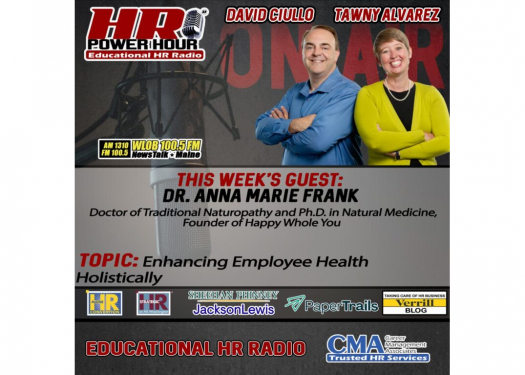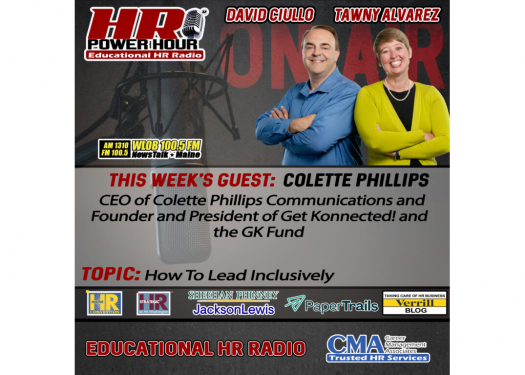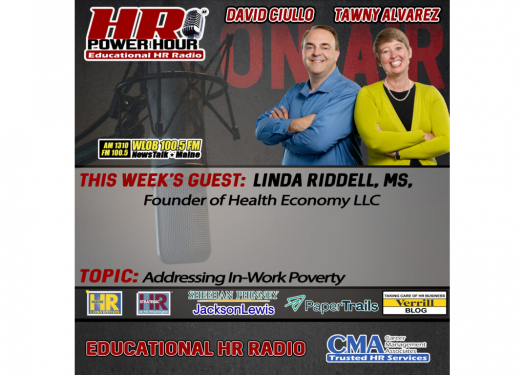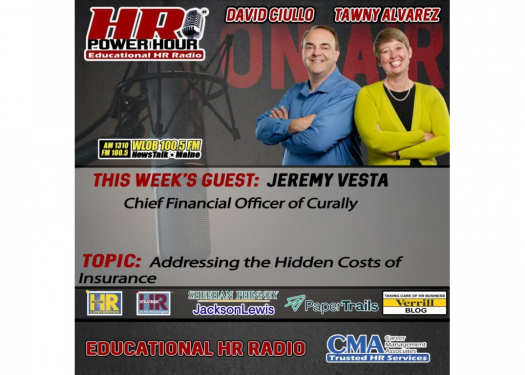Should Health Care Employers Prepare for COVID-19 As A Work-Related Injury?
While we know that everyone is being bombarded with COVID-19 recommendations, advice, news, and data, another important issue to manage in the workplace is the possibility of COVID-19 infection, if acquired at work and due to the work performed, resulting in a workers’ compensation injury.
Generally, in order for an injury or illness to be work-related, the condition must both “arise out of” and “in the course of” employment. Simply put, the condition must have its source in the employment and not in something else, and be due to the activities or tasks carried out in the employment or immediately attendant thereto. In the context of health care, the ability of an employee to show exposure to COVID-19 in the course of providing medical care will be the driving force behind any claim of work-related illness. The easy example is that of a health care worker who contracts an illness at work, due to caring for patients. More challenging is the situation of a health care provider who contracts COVID-19, but does not know of any contact with an infected patient or co-worker, and yet, has no explanation for how he or she contracted the illness other than possible exposure at work. In that case, the employer should report to its workers’ compensation insurer the assertion by the employee that the illness was contracted at work, due to work, and allow the insurer to take necessary steps to protect the interests of both the employer and the employee.
Most state workers’ compensation statues also include provisions addressing occupational illness. Generally, these provisions were designed to respond to illness tied specifically to some aspect of industry, such as black lung disease in mining, asbestosis in shipbuilding, and the like. It is more likely that COVID-19 would be seen to fall within the regular provisions of the State Act, but it is remotely possible that the workers’ compensation system might view COVID-19 as an occupational injury if the exposure met the required criteria for an occupational injury under the particular statute.
Over the years, there have been successful cases in various jurisdictions establishing a number of diseases found in the general population as work-related illnesses, when the factual evidence demonstrated that the exposure took place at work, due to work. Examples include a lab technician in North Carolina who tested positive for serum hepatitis after testing samples; corrections officers in Connecticut who tested positive for HIV exposure after treating prisoners with the disease in the infirmary; a dental hygienist in Massachusetts who contracted hepatitis C through her work, in the early 1980s, with dental patients before gloving and masking was the standard workplace protection in the dental practice; and the hospital nurse in Maine who tested positive for tuberculosis exposure after treating a patient with that disease for several weeks. A number of jurisdictions around the country have found mold exposure illnesses, as well as “sick building syndrome” to be work-related injuries. The employee needs to only come forward with evidence suggesting a connection to the work to meet his or her initial burden of proof, shifting the burden to the employer to disprove the work connection, no easy feat. Especially in light of the way in which COVID-19 is transmitted, employers will be challenged to disprove occupational exposure unless the employee has extremely close contact outside of work with a COVID-19 infected person prior to developing the condition themselves. Since health care information is generally private, absent a confession by the employee of such a situation, it will be virtually impossible to disprove an assertion of COVID-19 illness due to work as long as the health care provider could have come into contact at work with a patient suffering from the illness.
A prudent employer, therefore, should plan to communicate their commitment to the health and safety of their employees, while at the same time encouraging any employee who suspects that he or she may have contracted COVID-19 through a work exposure to report the illness so that his or her rights under the workers’ compensation system may be fully protected. Be mindful that each case is fact specific, so if in doubt, please contact your legal team to determine the best way to handle the situation.
If you have any questions or concerns regarding the information set out above and how COVID-19 might impact your organization from a HR perspective, please contact Elizabeth Connellan Smith or another member of Verrill’s Employment and Labor Group.














